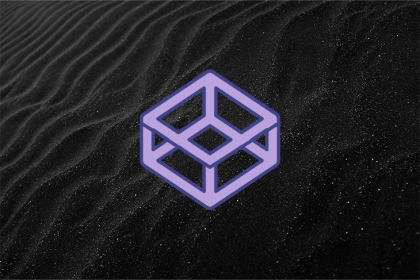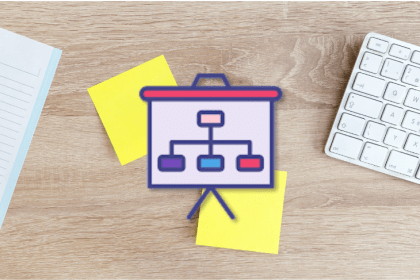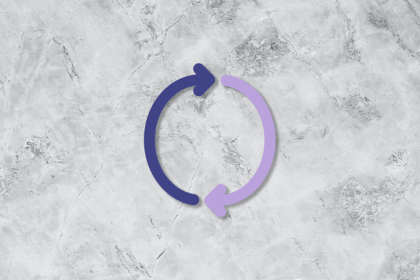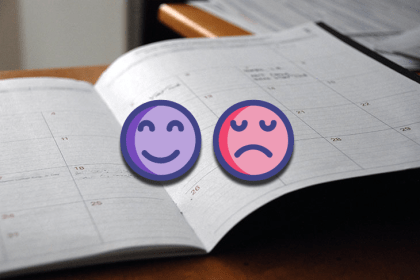
Outcomes are not built equal. There are various types of outcomes and the word outcome might even mean different things in different contexts.

The customer satisfaction score (CSAT) is a quantitative measure of how satisfied the customer is with using the product.

Often, product managers shoulder the full blame for failing to identify edge cases early in the product development process — that is, before the sprint begins.

The five scrum values give direction to the scrum team around how they go about their work and interact with their teammates.

We sit down with Arun Lal to talk about product messaging, customer feedback, and measuring the impact of product marketing.

As you can probably guess, “death by PowerPoint” is a term used to describe presentations where the presenter ends up losing their audience.

Kaizen encourages organizations to foster a culture of empowerment, collaboration, and innovation through a structured process and a set of principles. That sentences should ring a lot of bells for product managers.

Niko-Niko is an effective practice in agile product development used to boost the happiness and well-being of product team members.

Good leaders are less interested in the how and more interested in pushing their team towards achieving the end goal.

Recognizing the warning signs and identifying the root causes of burnout goes a long way toward protecting your productivity — not to mention your state of mind.

Facilitation involves making collaboration easier by allowing your team to accomplish more than the sum of its parts.

In digital products or digital marketing, CTAs are commonly used to drive user engagement, promote conversion metrics, and help achieve business objectives.